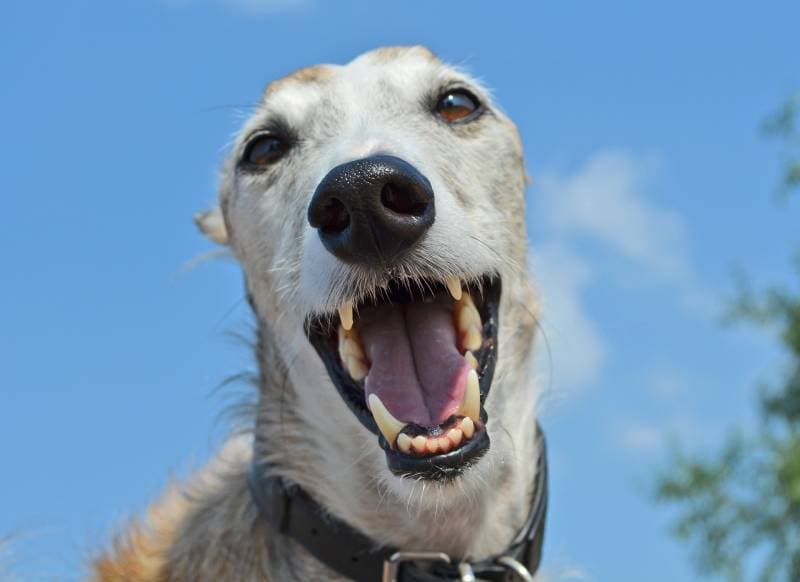[ad_1]
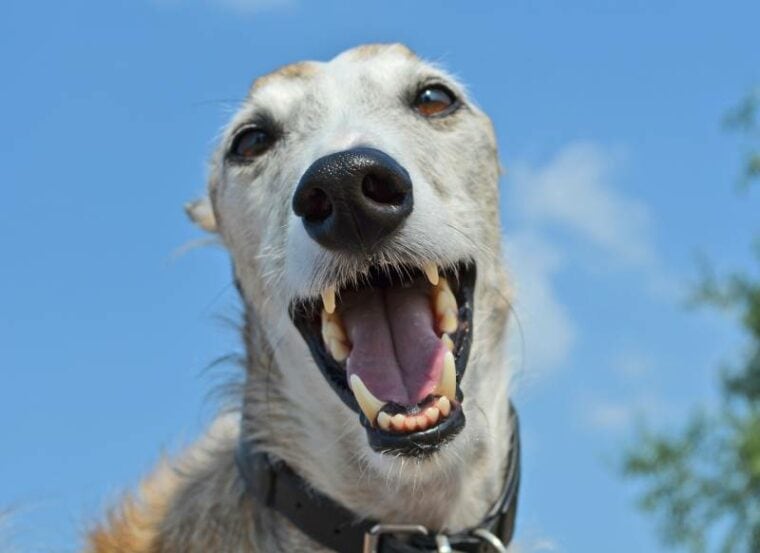
If you have ever wondered how many teeth your dog has, you’ve come to the right place. Most dogs have 42 teeth by the time they mature into adults. Here, we look at the different types of dog teeth and discuss their use and structure. We also provide tips for keeping them clean and slowing the progression of dental disease.

Basic Dog Tooth Structure
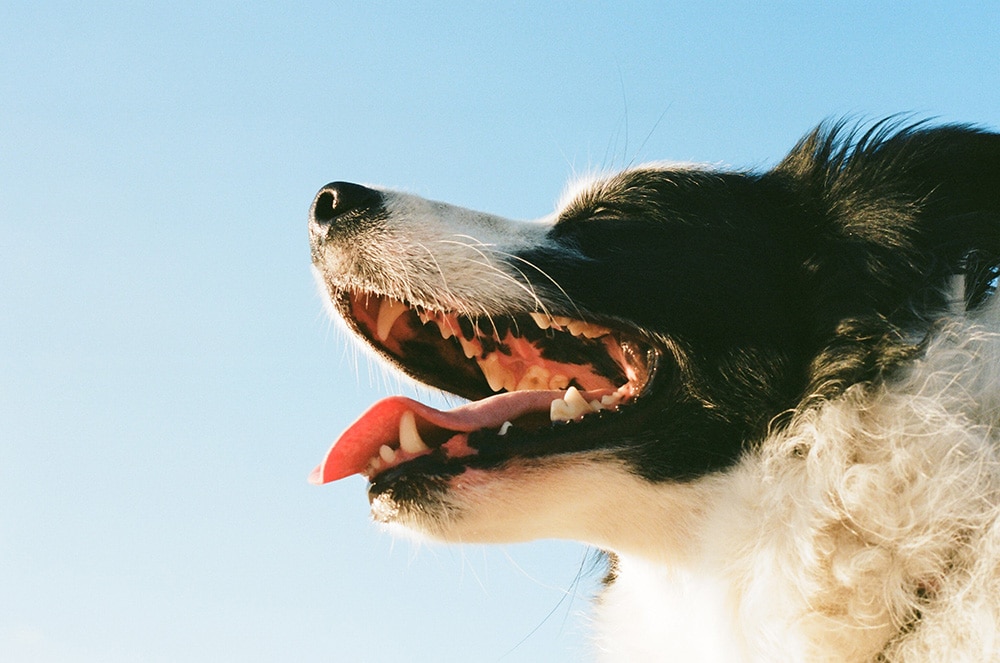
Crown
The crown is part of the dog’s tooth that protrudes above the gums and is exposed. There is a small tubercle at the edge of every tooth. The crown is covered by the hardest substance of the body, enamel, which is made of 90% minerals and is irreplaceable.
Dentin
The layer underneath the enamel is a 70% mineral substance that provides support to the tooth and is constantly being formed. The dentin extends from the crown to the root’s tip (called the apex). Underneath the gumline, the dentin is covered by cementum.
Neck
The neck of the tooth is the slightly constricted area of the tooth right at the gums. It is where the enamel ends and where you will find the cementoenamel, which is the anatomical border of the tooth. This area is the most common location of cavities in dogs and cats.
Pulp
The pulp contains blood vessels and nerves and is responsible for the sensation of pain in the tooth. In fact, all sensations in the tooth are perceived as pain. Whenever the pulp’s nerves are stimulated, whether due to heat, cold, or trauma, the feeling is painful.
Root
A tooth’s root is below the gum and holds the tooth to the jawbone by embedding the tooth’s socket, or alveolar bone. Many dog teeth can have more than one root.
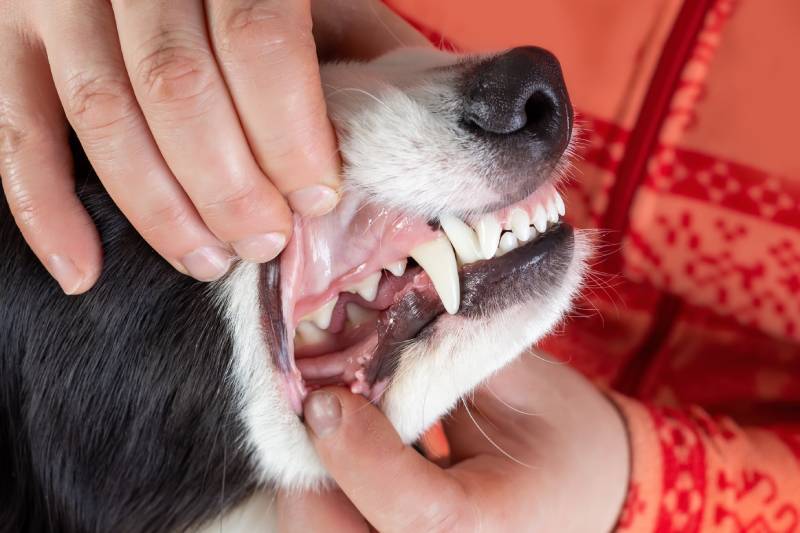

Deciduous Teeth
Deciduous teeth are the dog version of baby teeth and fall out as the dog develops. These teeth start to develop about 2-3 weeks after birth, and your puppy will have 28 fully grown deciduous teeth after 10 weeks. When your pup is 4 months old, these teeth will then start to fall out, to be replaced by permanent canine teeth by the time the dog reaches 8 months old. If these puppy teeth don’t all fall out, you might need to visit the vet to have them pulled.
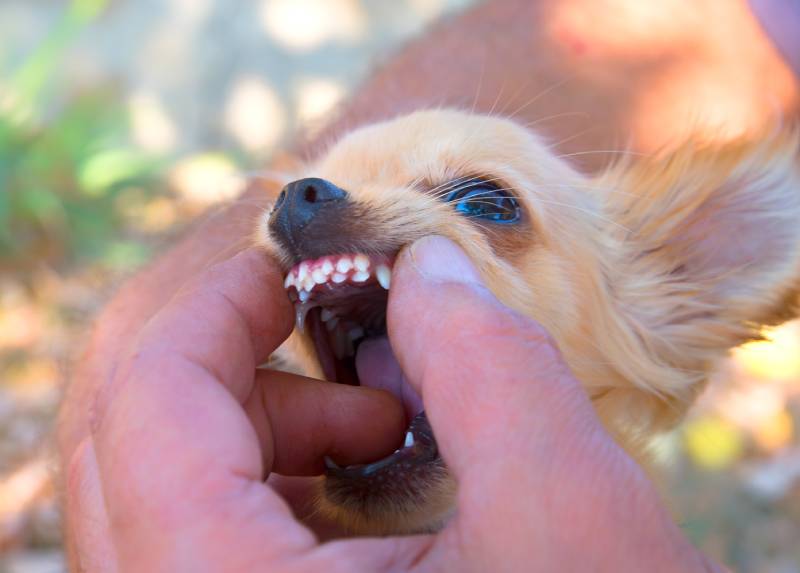
Types of Adult Dog Teeth
Incisors
Incisors are the small front teeth that your dog uses to tear meat from bones and groom themselves. They will have six incisors on the top and six on the bottom.
Canines
Canines are the sharp, pointy teeth on the top and bottom and each side of your dog’s mouth and resemble fangs. Your dog will have four in total and use them to puncture and hold items securely. It’s these teeth that give your dog an advantage in the tug-of-war games.
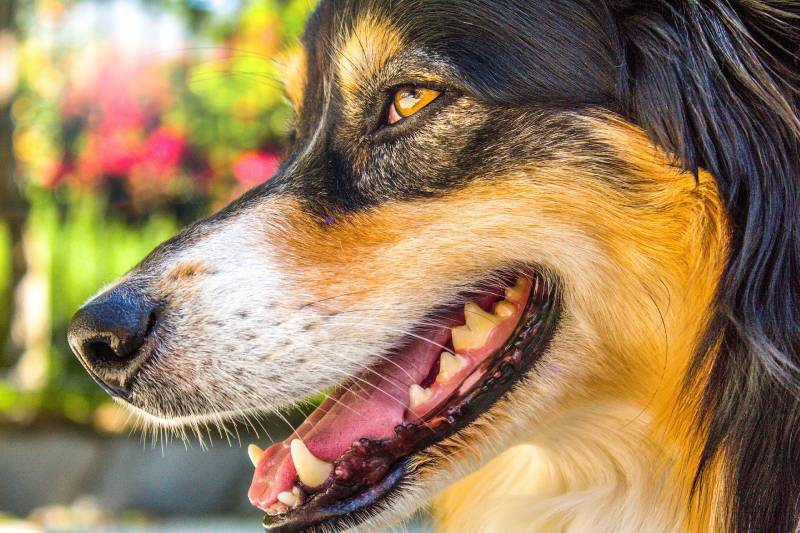
Premolars
Premolars make up the bulk of your dog’s teeth, and there are 16 in their mouth, with eight on the top and eight on the bottom. Your dog will use these teeth to shear and grind up food, and it’s these teeth that are used when you see your dog chewing on something with the side of their mouth.
Molars
Molars are big, flat, heavy teeth in the back of your dog’s mouth. They will have four on the top and six on the bottom. Since your dog can’t move their jaw from side to side, they can’t use the molars to grind food. Instead, they use them like premolars, to shear the food into smaller pieces.
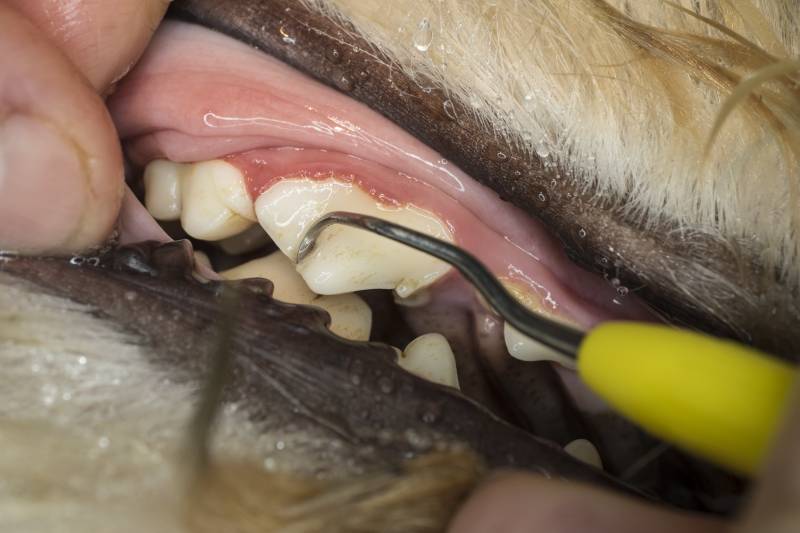
Dental Care
Some reports suggest that as many as 80% of dogs over the age of 3 have some form of dental disease. Unfortunately, there are usually no symptoms, so you will need to take your dog for regular checkups to ensure that no problems develop. It’s also a good idea to start a dental cleaning routine when your pet is still a puppy. Use a pet-safe toothbrush and toothpaste to brush your pet’s teeth frequently.

Summary
Most dogs have 42 teeth, consisting of 12 incisors, 4 canines, 16 premolars, and 10 molars. They will start with 28 deciduous teeth, which begin to fall out when the dog is about 4 months old. Your dog uses different types of teeth for various tasks, so it’s important to ensure that they stay healthy by keeping them clean with regular brushing and a diet of crunchy pet food. Regular checkups will also help you keep an eye on your pet’s dental health, so you will know if any problems are developing.
Featured Image Credit: Klaus Hausmann, Pixabay
